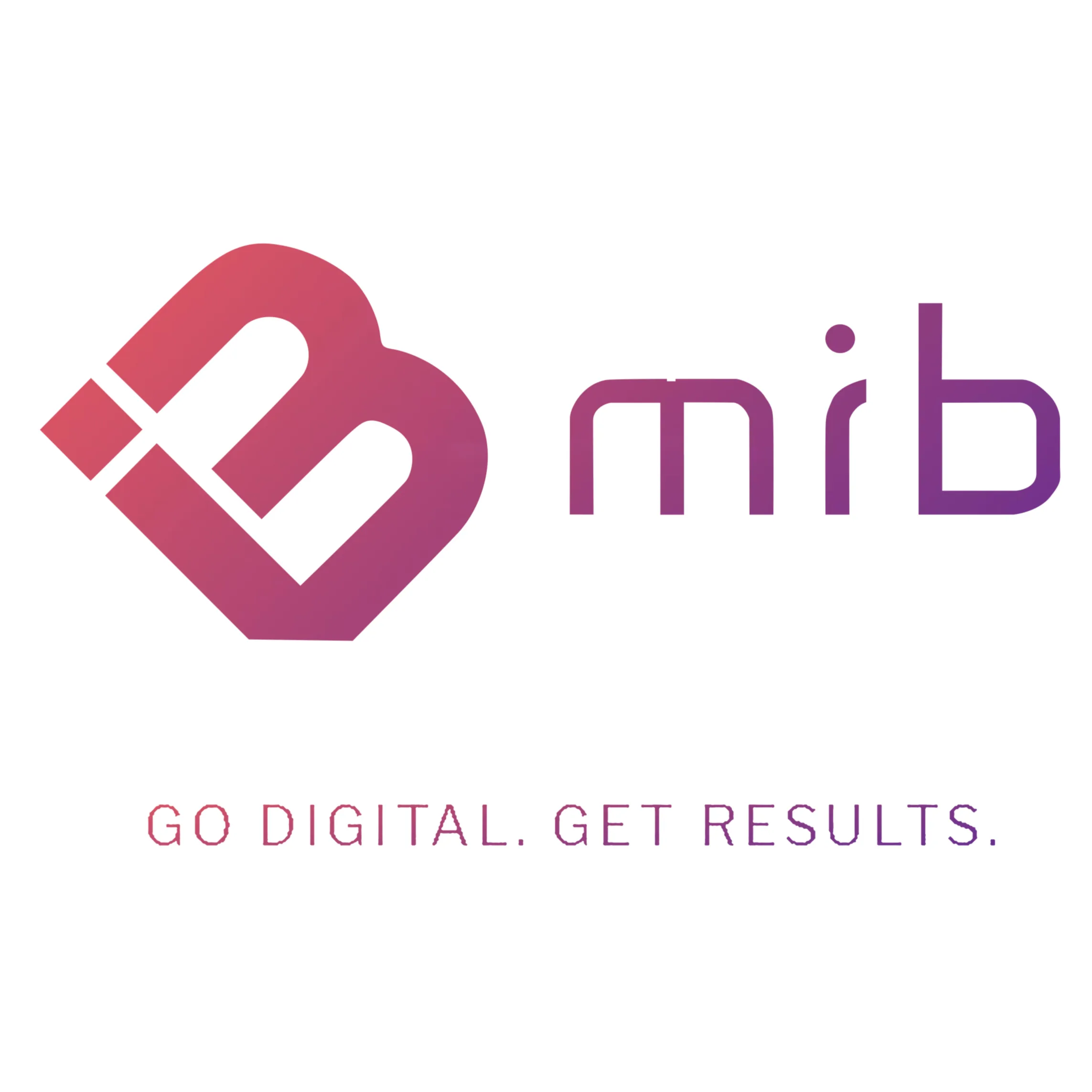Crawl4AI: Revolutionizing Web Scraping for AI-Driven Data Collection
In the rapidly evolving landscape of artificial intelligence (AI), the need for efficient data collection methods has become paramount. High-quality, structured data is the cornerstone for training robust large language models (LLMs) and developing sophisticated AI applications. Traditional web scraping tools often fall short in meeting the complex demands of modern AI development, leading to the emergence of specialized solutions like Crawl4AI.
Introducing Crawl4AI
Crawl4AI is an open-source Python library designed to streamline web crawling and data extraction processes, making it an invaluable asset for developers and AI enthusiasts. Its architecture is tailored to handle the intricacies of web data collection, offering a suite of features that enhance both efficiency and effectiveness.
Key Features of Crawl4AI
Learn to Cloud is a roadmap for entering the cloud computing industry. It provides structured guidance on fundamental topics like cloud certifications, networking, security, and practical labs, making it an excellent choice for newcomers.
Open Source and Community-Driven
Being open-source, Crawl4AI provides users with full access to its source code, allowing for extensive customization and scalability. This transparency fosters a collaborative environment where developers can contribute to and refine the tool, ensuring it evolves to meet the community’s needs.
High-Performance Asynchronous Architecture
Crawl4AI’s asynchronous design enables concurrent crawling of multiple URLs, significantly reducing the time required for large-scale data collection. This non-blocking approach ensures that the system remains responsive and efficient, even when handling extensive datasets.
LLM-Friendly Output Formats
The library supports various output formats, including JSON, cleaned HTML, and Markdown, facilitating seamless integration with LLMs and other AI models. This flexibility allows developers to choose the most suitable format for their specific application needs.
Comprehensive Media Extraction
Beyond text, Crawl4AI is capable of extracting all media tags, such as images, audio, and video. This feature is particularly beneficial for applications that rely on multimedia content, enabling a more holistic data collection approach.
Dynamic Content Handling with JavaScript Execution
Many modern websites rely heavily on JavaScript to render content. Crawl4AI addresses this by executing JavaScript during the crawling process, ensuring that dynamic content is accurately captured and no critical data is missed.
Advanced Chunking Strategies
To cater to diverse data extraction requirements, Crawl4AI offers multiple chunking strategies, including topic-based, regex, and sentence-based chunking. This allows users to tailor the data extraction process to their specific needs, enhancing the relevance and quality of the collected data.
Robust Extraction Techniques
Utilizing powerful methods such as XPath and regex, Crawl4AI enables precise targeting of data within web pages. This precision is crucial for extracting specific information from complex web structures.
Metadata Collection
In addition to main content, Crawl4AI collects essential metadata, enriching the dataset and providing additional context that can be invaluable for AI training and analysis.
Customization with Hooks and User-Agent Support
Users can define custom hooks for authentication and headers, as well as customize the user agent for HTTP requests. This level of control allows for a tailored crawling experience, accommodating various website requirements and restrictions.
Error Handling and Retry Mechanisms
Crawl4AI incorporates robust error handling and retry policies, ensuring data integrity even when encountering network issues or failed page loads. This resilience is vital for maintaining the reliability of the data collection process.
Rate Limiting and Throttling
To prevent overwhelming target servers and to comply with web scraping best practices, Crawl4AI includes rate limiting and throttling mechanisms. These features help maintain ethical and responsible scraping behaviors.
Final Thoughts
Mastering cloud computing requires both theoretical knowledge and hands-on practice. These ten GitHub repositories offer valuable resources, from structured learning paths to hands-on projects and free certifications. Whether you’re just starting or looking to sharpen your skills, diving into these repositories will put you on the fast track to cloud expertise.
Getting Started with Crawl4AI
Integrating Crawl4AI into your data collection workflow is straightforward. The library offers multiple installation options, including as a Python package, via Docker, or running it locally. For instance, to install it as a Python package, you can visit the Crawl4AI Documentation
Once set up, you can create an instance of AsyncWebCrawler to manage the crawling lifecycle efficiently. This component leverages Crawl4AI’s asynchronous capabilities to handle multiple requests concurrently, enhancing the efficiency of the data collection process.
Use Cases and Applications
Crawl4AI’s versatile feature set makes it suitable for a wide range of applications:
- AI Model Training: Collecting diverse and high-quality datasets to train LLMs and other AI models.
- Market Research: Gathering data on competitors, market trends, and consumer behavior from various online sources.
- Content Aggregation: Compiling information from multiple websites to create comprehensive content repositories.
- Academic Research: Extracting data from scholarly articles, journals, and other academic sources for research purposes.
- Social Media Analysis: Collecting and analyzing data from social media platforms to understand public sentiment and trends.
Ethical Considerations and Compliance
While Crawl4AI provides powerful tools for web data extraction, it’s essential to use them responsibly. Adhering to legal and ethical guidelines, such as respecting robots.txt files, implementing rate limiting, and obtaining necessary permissions, is crucial to ensure compliance and maintain the integrity of the web scraping process. Crawl4AI
Additionally, being aware of and responsive to measures implemented by websites to deter unauthorized data collection, such as Cloudflare’s AI Labyrinth, is important. This tool directs web-scraping bots into AI-generated decoy pages to consume their resources and reduce their effectiveness. Understanding and respecting such mechanisms can help maintain ethical scraping practices and avoid potential legal complications.
Conclusion
Crawl4AI is a game-changer in web scraping, offering an efficient, scalable, and customizable solution for AI-driven data collection. With its asynchronous architecture, dynamic content handling, and LLM-friendly output formats, it addresses the limitations of traditional scraping tools. Whether you’re training AI models, conducting market research, or aggregating content, Crawl4AI provides a powerful toolkit to streamline your workflow. However, ethical considerations remain crucial—adhering to best practices and respecting web policies ensures responsible data extraction. As AI continues to evolve, tools like Crawl4AI will play a pivotal role in making high-quality data more accessible.
Additionally, being aware of and responsive to measures implemented by websites to deter unauthorized data collection, such as Cloudflare’s AI Labyrinth, is important. This tool directs web-scraping bots into AI-generated decoy pages to consume their resources and reduce their effectiveness. Understanding and respecting such mechanisms can help maintain ethical scraping practices and avoid potential legal complications.





